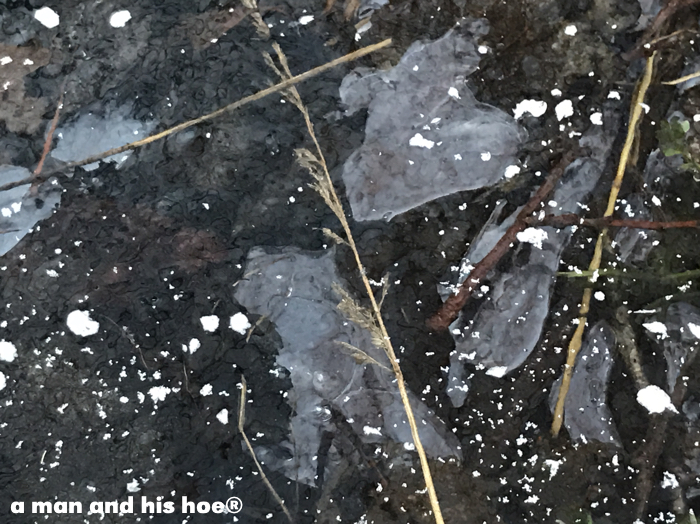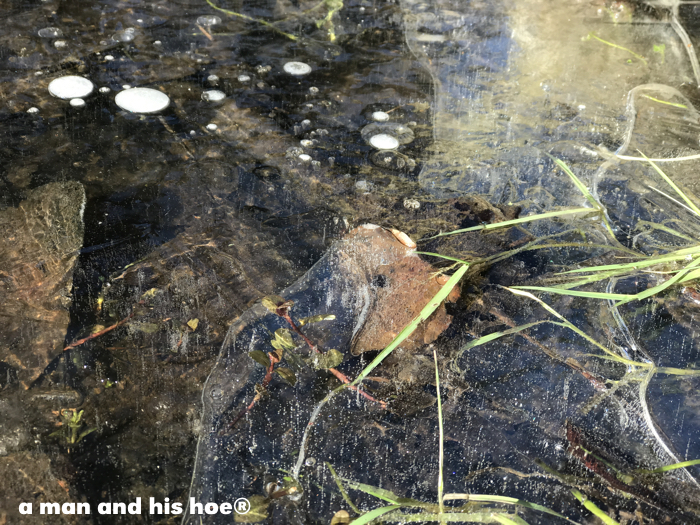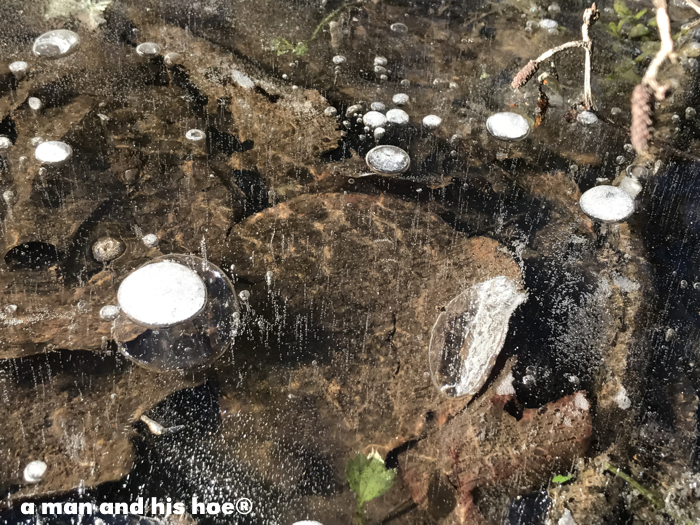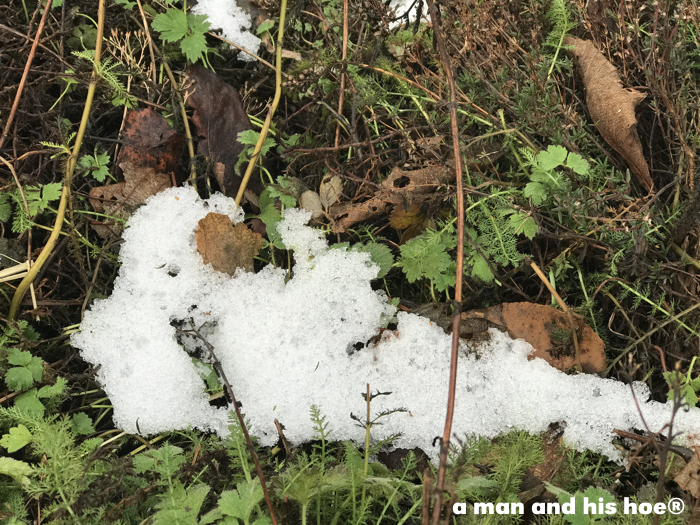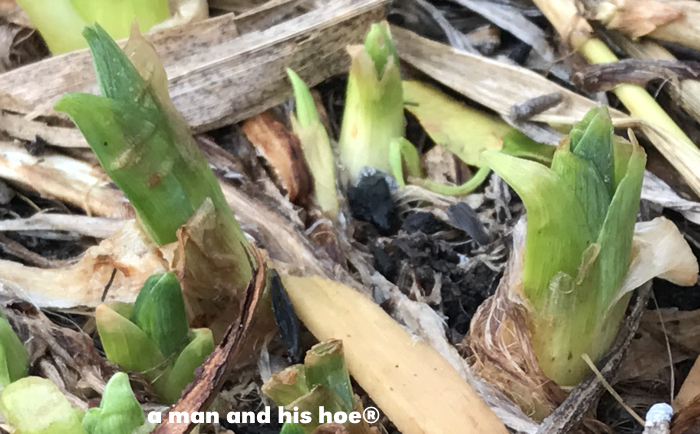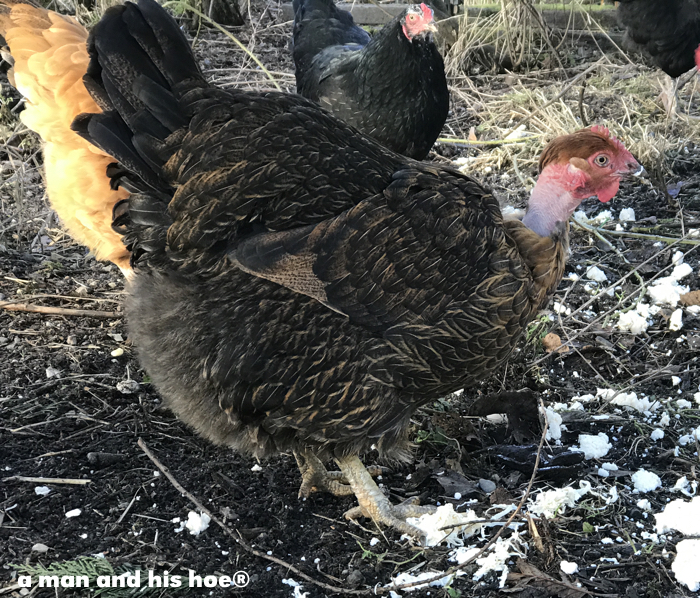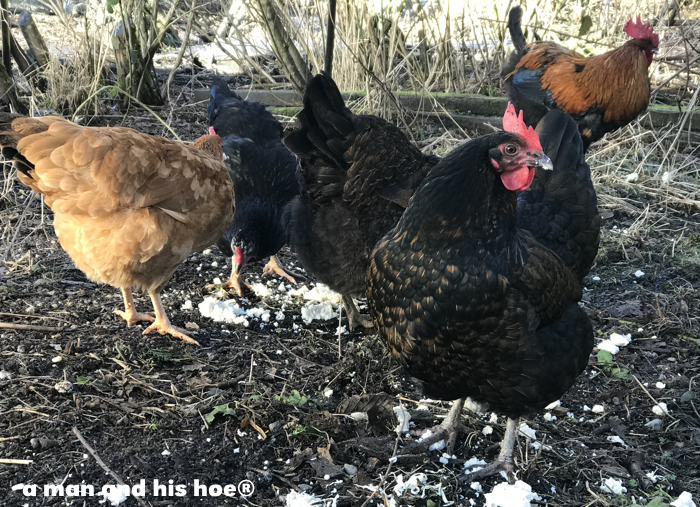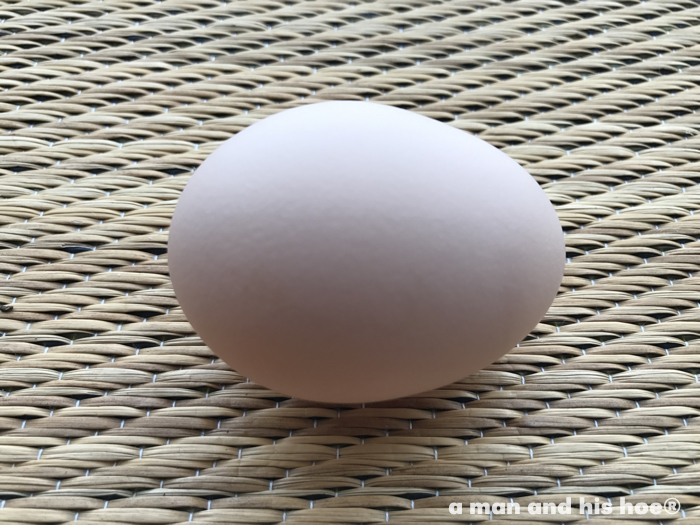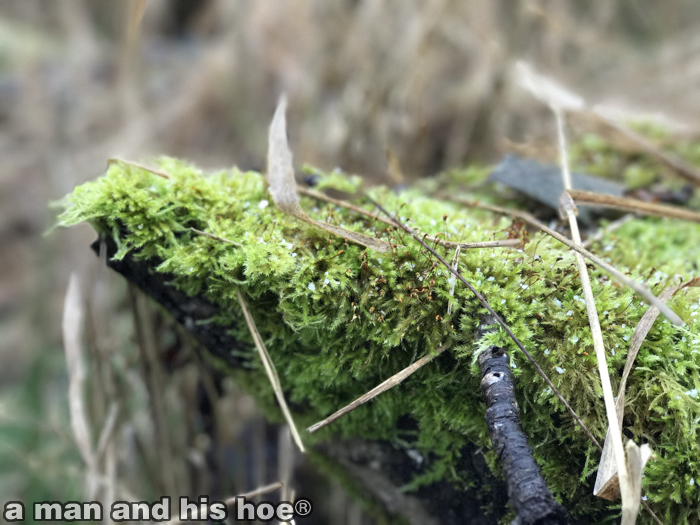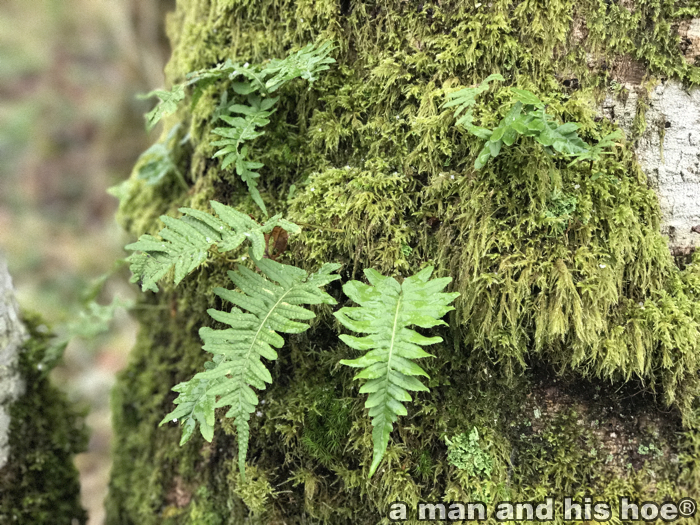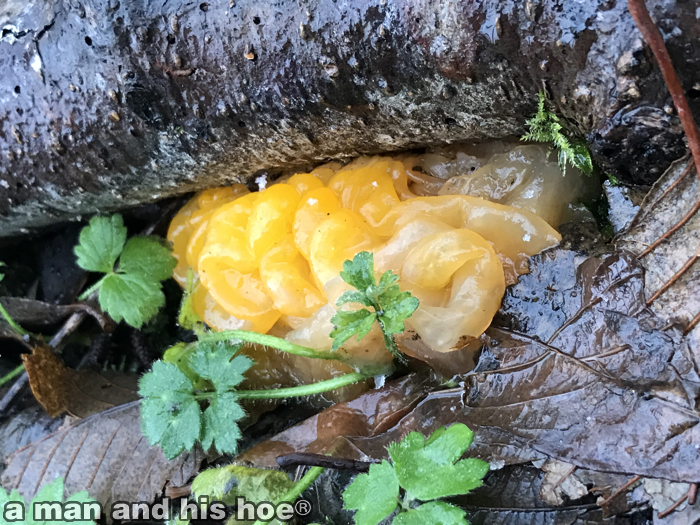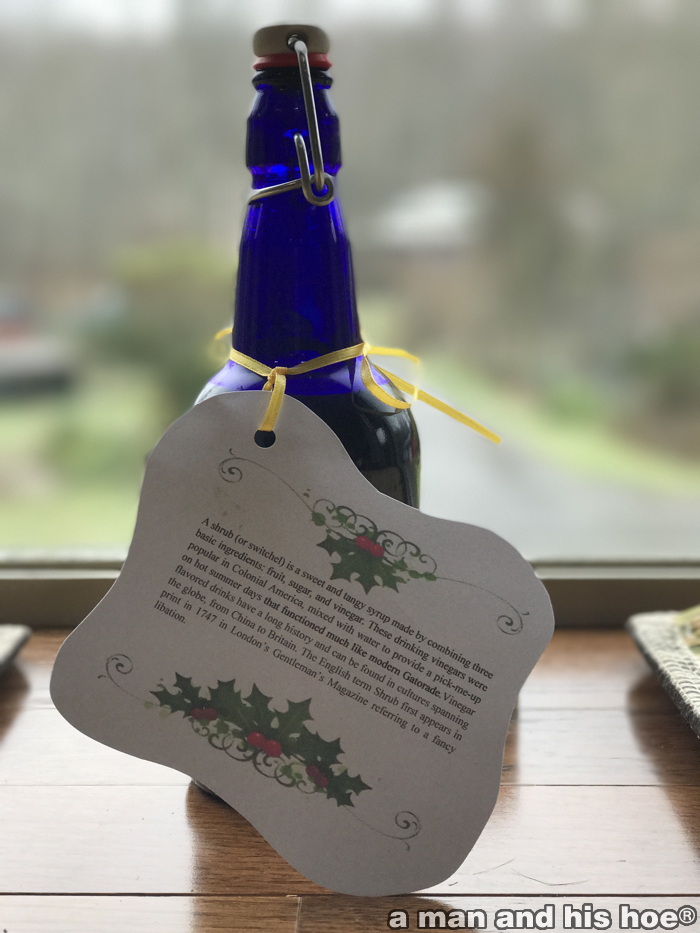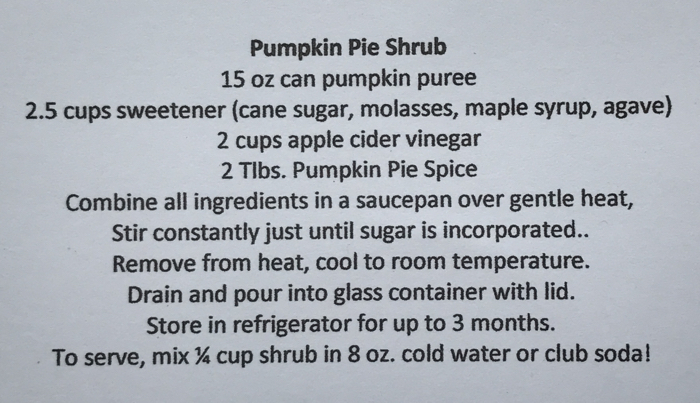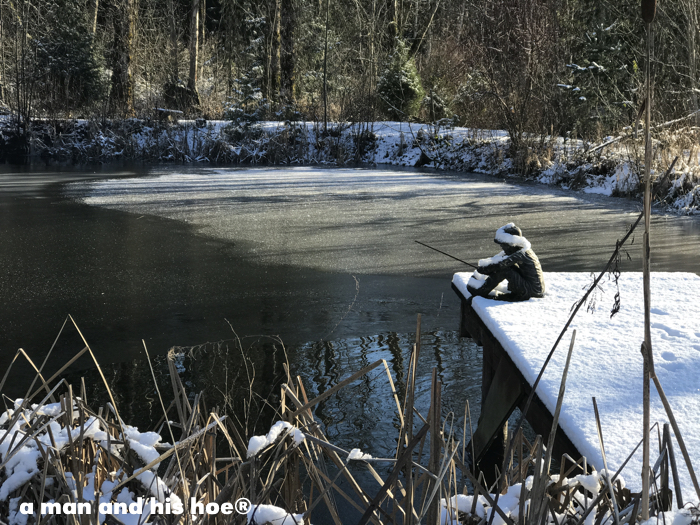
Our sojourn into the arctic continues. The boy fishing on the dock ponders the meaning of an icy pond. Russel, our flame-orange rooster can’t hide in the snowy woods. Like a flame flaring out in the open, he’s visible from a mile away. He was destined for the oven a month ago, but he has the most unusual comb, a triple comb as flashy as any hat from the court of Versailles, so until he passes it on to offspring, his life is spared.
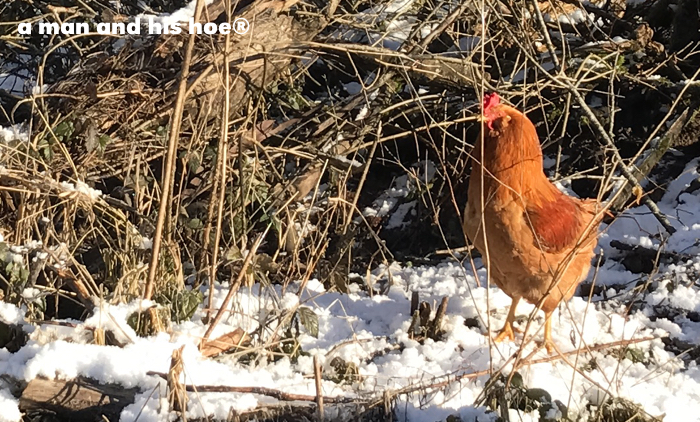
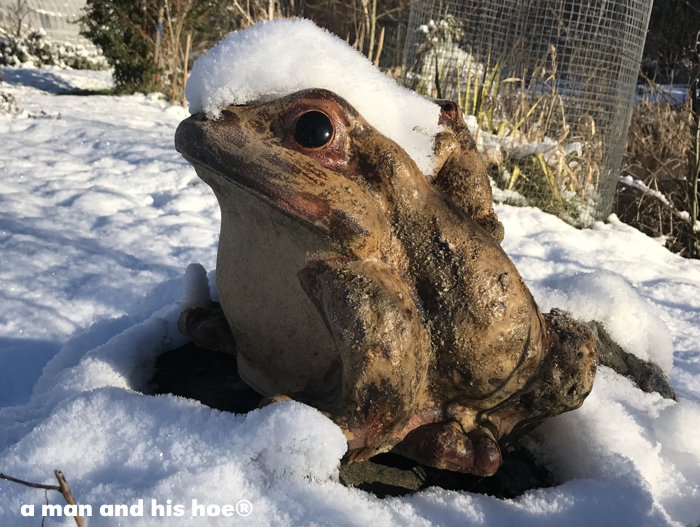
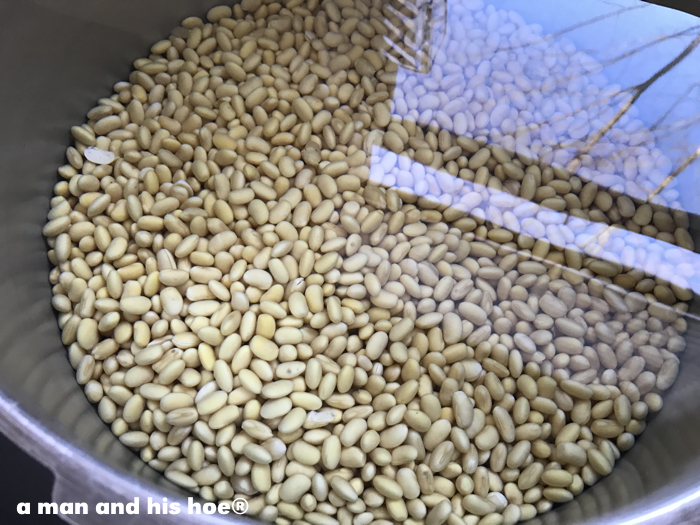
An unexpected reward of this arctic blast has been the discovery that soaking soybeans overnight under a trickling faucet, yields the purest, plumpest soybeans for making tofu. Under the crystal clear water, the beans rest quietly, all their impurities washed away.
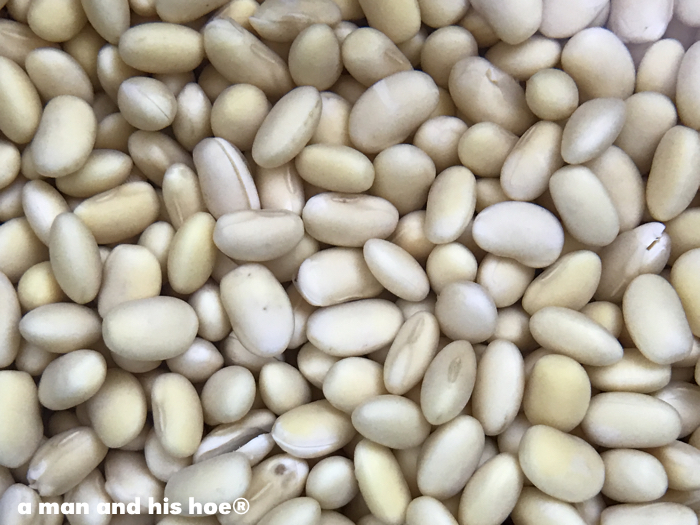
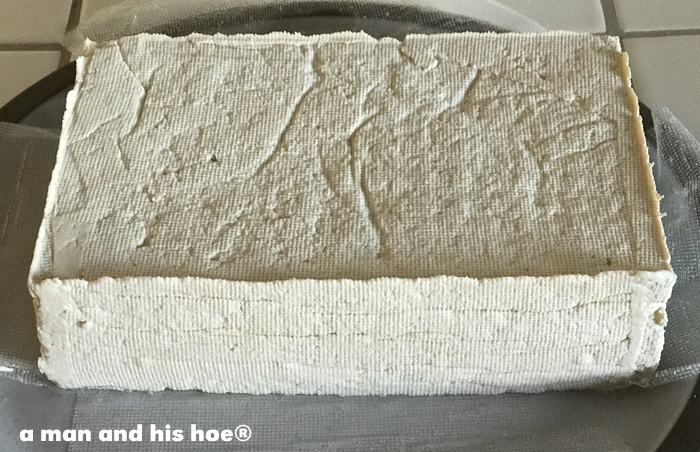
The resulting tofu cried out to be eaten right away. No matter how many times you have done something, you can do it slightly better the next time. One tiny improvement upon one tiny improvement over time is a stress free way to reach perfection.
There is a saying in Japan that it takes three years to learn how to cook rice, and eight years to make sushi. There is a lot of truth to that. I’ve been baking bread for decades, tofu for 15 years, and still I keep getting better.
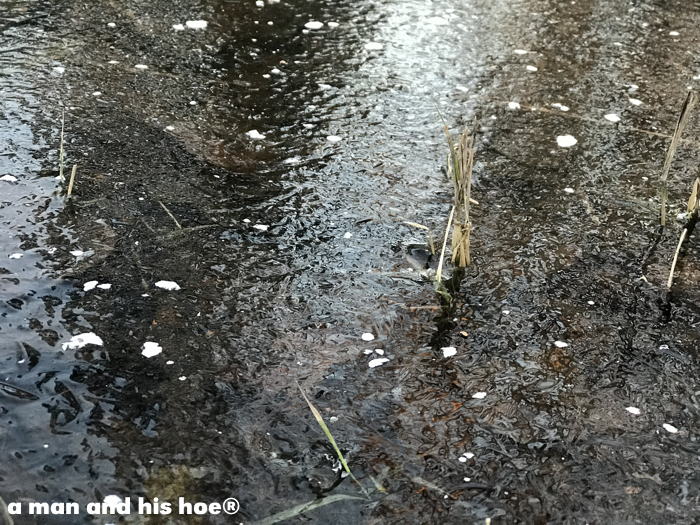
In the woods, the ripples of the wind are frozen solid. The ice looks like a babbling creek, frozen in time. Underneath the cold hard ice, ghostly air bubbles, trapped in an icy purgatory, wait for a thaw to be free.
